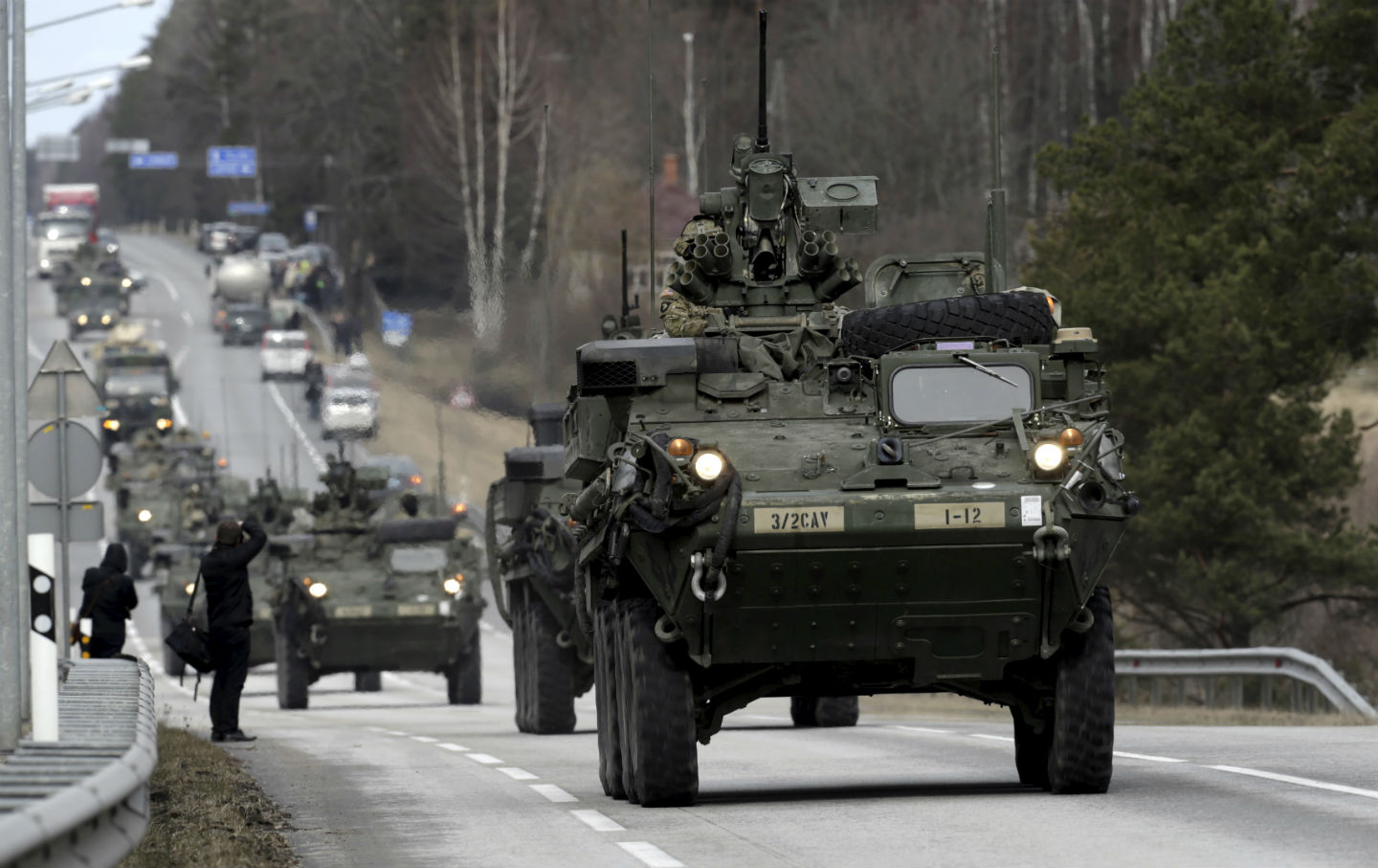
Barbara Lee, PDA and the Congressional Progressive Caucus Took the Initiative
By: Joe Gould
Defense News
Oct 13, 2016 - WASHINGTON — Twenty-two more US House lawmakers are calling on President Barack Obama to adopt a policy of no-first-use of nuclear weapons, part of a tide of Democratic lawmakers pushing for restraint on atomic arms as the sun sets on the current administration.
With relations between Washington and Moscow historically tense and unpredictable this week, the lawmakers in a letter to Obama on Thursday expressed worry over the two nations’ launch-under-attack postures and “the risk of catastrophic miscalculation and full-scale nuclear war.”
“As you know, were the United States to exercise its contingency plans to use nuclear weapons first in a conflict against a nuclear-armed adversary, a full-scale nuclear exchange could ensue, killing thousands of civilians,” the letter reads. “For the security and safety of the world, military options that can spiral towards mutually assured destruction should not be on the table.”
Thursday’s letter was led by Rep. Barbara Lee, D-Calif., the Peace and Security Task Force chair for the Congressional Progressive Caucus. Another signatory was Rep. Keith Ellison, D-Minn. Ellison is the caucus’ co-chair and his party’s chief deputy whip in the House.
A no-first-use policy would minimize the need for "first strike” weapons, they argue in the letter, including the next-generation nuclear-armed cruise missile and intercontinental ballistic missiles, "which could generate significant cost savings and lead other nuclear-armed states to make similar calculations."

US Army soldiers deployed in Estonia (Reuters / Ints Kalnins)
Massive military exercises and a troop buildup on NATO’s eastern flank reflect a dangerous new strategy.
The Nation
For the first time in a quarter-century, the prospect of war—real war, war between the major powers—will be on the agenda of Western leaders when they meet at the NATO Summit in Warsaw, Poland, on July 8 and 9. Dominating the agenda in Warsaw (aside, of course, from the “Brexit” vote in the UK) will be discussion of plans to reinforce NATO’s “eastern flank”—the arc of former Soviet partners stretching from the Baltic states to the Black Sea that are now allied with the West but fear military assault by Moscow. Until recently, the prospect of such an attack was given little credence in strategic circles, but now many in NATO believe a major war is possible and that robust defensive measures are required.
In what is likely to be its most significant move, the Warsaw summit is expected to give formal approval to a plan to deploy four multinational battalions along the eastern flank—one each in Poland, Lithuania, Latvia, and Estonia. Although not deemed sufficient to stop a determined Russian assault, the four battalions would act as a “tripwire,” thrusting soldiers from numerous NATO countries into the line of fire and so ensuring a full-scale, alliance-wide response. This, it is claimed, will deter Russia from undertaking such a move in the first place or ensure its defeat should it be foolhardy enough to start a war.
The United States, of course, is deeply involved in these initiatives. Not only will it supply many of the troops for the four multinational battalions, but it is also taking many steps of its own to bolster NATO’s eastern flank. Spending on the Pentagon’s “European Reassurance Initiative” will quadruple, climbing from $789 million in 2016 to $3.4 billion in 2017. Much of this additional funding will go to the deployment, on a rotating basis, of an additional armored-brigade combat team in northern Europe.
As a further indication of US and NATO determination to prepare for a possible war with Russia, the alliance recently conducted the largest war games in Eastern Europe since the end of the Cold War. Known as Anakonda 2016, the exercise involved some 31,000 troops (about half of them Americans) and thousands of combat vehicles from 24 nations in simulated battle maneuvers across the breadth of Poland. A parallel naval exercise, BALTOPS 16, simulated “high-end maritime warfighting” in the Baltic Sea, including in waters near Kaliningrad, a heavily defended Russian enclave wedged between Poland and Lithuania.
All of this—the aggressive exercises, the NATO buildup, the added US troop deployments—reflects a new and dangerous strategic outlook in Washington. Whereas previously the strategic focus had been on terrorism and counterinsurgency, it has now shifted to conventional warfare among the major powers. “Today’s security environment is dramatically different than the one we’ve been engaged in for the last 25 years,” observed Secretary of Defense Ashton Carter on February 2, when unveiling the Pentagon’s $583 billion budget for fiscal year 2017. Until recently, he explained, American forces had largely been primed to defeat insurgent and irregular forces, such as the Taliban in Afghanistan. Now, however, the Pentagon was being readied for “a return to great-power competition,” including the possibility of all-out combat with “high-end enemies” like Russia and China. (continued)


